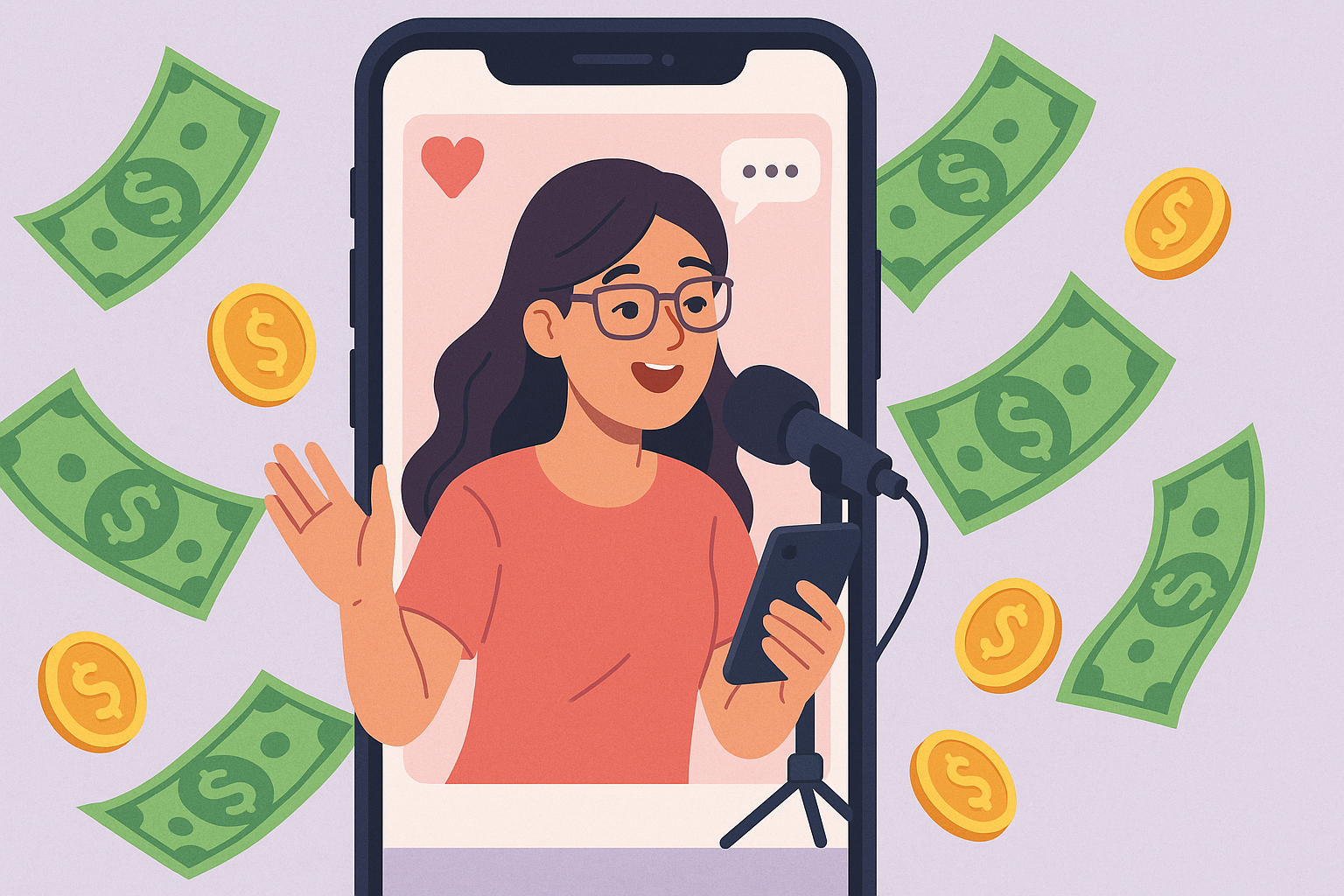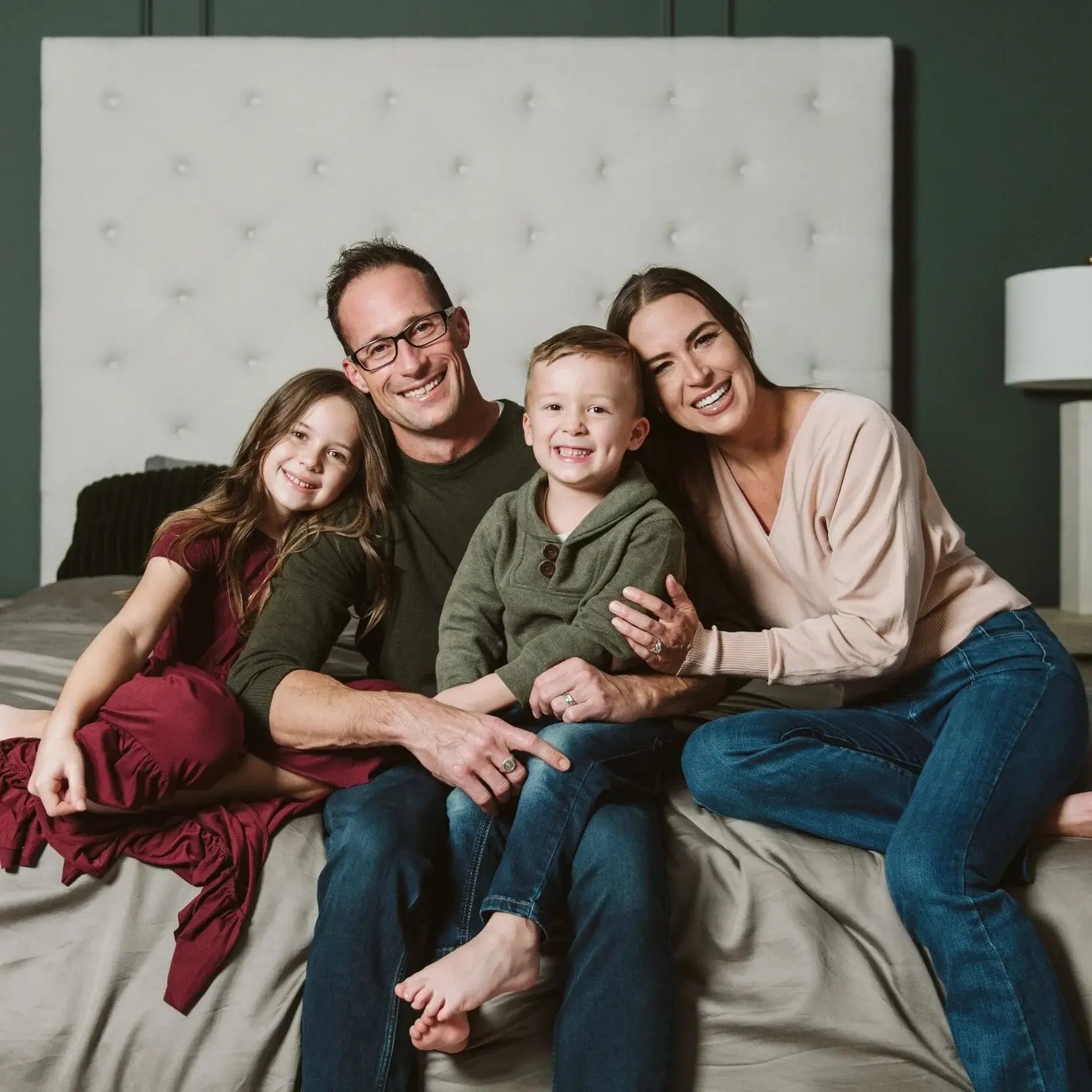Most influencer content gets buried in the scroll, wasted on a single post, a few fleeting likes, and a limited shelf life.
But the smartest brands?
They use creator content as fuel for everything from paid ads to PDPs to press. In 2025, influencer marketing isn’t just about visibility; it’s about versatility. The real ROI comes when that content breaks out of the social silo and powers performance across every touchpoint.
The most successful influencer strategies today don’t stop at Instagram. They spark across the funnel, fueling PR, boosting paid campaigns, and driving conversions at retail and e-commerce.
This isn’t a trend; it’s a shift. Too many brands make great content that goes nowhere. The ones gaining traction? They think cross-functionally, long-term, and across the full funnel.
These teams see creators not as one-off content machines, but as the centerpiece of a broader storytelling and distribution engine.
Let’s break down why a full-funnel approach to influencer marketing is the smartest move brand teams can make (and what it takes to get there).
Influencer Marketing Needs to Work Harder Than Just Social Metrics
The social silo is getting crowded.
With platforms like TikTok and Instagram pushing more content than ever into feeds, even high-quality influencer campaigns are struggling to make a lasting impression. Organic reach is down. Attention spans are shorter. Marketers are under pressure to prove performance quickly.
If your influencer strategy stops at “impressions” or “engagement,” you’re leaving value on the table.
According to HubSpot’s 2025 State of Marketing Report, over 80% of marketers say creator-led content performs as well as, if not better than, brand-produced content across other channels. Yet, most influencer campaigns are still measured by surface-level vanity metrics, with no clear strategy for amplifying that content across the marketing mix.
The result? Great content gets lost in the algorithm.
Why Influencer Content Should Power PR, Paid, and Product
Here’s where full-funnel thinking comes in.
When you treat influencer content as a brand asset—rather than a single-channel post—you unlock exponential value. A single creator campaign shoot can become:
- Scroll-stopping ads for paid campaigns
- Lifestyle product imagery for your Amazon, DTC, or retail pages
- Authentic soundbites for earned media or press kits
- Attention-grabbing email headers or launch announcement assets
- Retail display content or QR-powered in-store experiences
 The best influencer content doesn’t live and die on a single platform. It becomes the foundation for integrated, omnichannel campaigns.
The best influencer content doesn’t live and die on a single platform. It becomes the foundation for integrated, omnichannel campaigns.
Take a page from how DTC and beauty brands are structuring campaigns today. A creator post might kick off buzz on TikTok, but the hero video becomes an ad unit within Meta or YouTube campaigns, the stills show up on PDPs, and the product testimonial becomes part of a press release.
This is strategic amplification. And it’s how marketers stretch budget, drive consistency, and improve ROAS across channels.
Content-First Planning Is the New Influencer Brief
To make this work, the mindset has to shift before you activate creators.
Traditional influencer briefs typically focus on social content specifications, including platform, post frequency, and tone of voice. But full-funnel brands build backwards from how the content will be used, then brief forward.
Ask this before any creator is brought on:
- Is this content designed to be paid-ad ready?
- Can it resonate beyond one channel?
- Does it fit the voice and aesthetic of our broader campaign?
- Will it work for ecommerce or retail product pages?
- Can we reuse this in email, SMS, or PR efforts?
If the answer is no, you’re setting up your campaign to underperform before it even launches.
This approach isn’t just about distribution; it’s about longevity. When you create repurpose-ready content, you can extend its impact weeks or even months beyond the initial post. That’s especially critical in a world where ad fatigue is real and content demands are nonstop.
Tactical Tips to Level Up Your Influencer Strategy
Ready to expand your influencer program beyond the social silo? Here are a few tactical moves to get started:
1. Loop in cross-functional teams early
Your influencer team shouldn't be the only one in the room. Integrate paid media, e-commerce, PR, and sales into your strategy. The more aligned your teams are, the more valuable your creator content becomes.
2. Use creators as content partners, not just distribution channels
Think beyond the “reach” a creator offers. Instead, evaluate the quality of the content they produce and how well it aligns with your brand voice. A micro-creator with strong creative chops can outperform a macro-influencer when their assets are reused across your funnel.
3. Negotiate usage rights and licensing upfront
Want to turn that influencer video into an ad or reuse the stills on your PDP? You need the rights to do it. Build usage into your contracts from the beginning to avoid legal headaches and maximize ROI.
4. Track success beyond social metrics
Redefine what performance looks like. Are you seeing lifts in site traffic? Conversion rate? PR pickup? ROAS on ads? Influencer content should be driving performance across KPIs, not just likes.
This Is Not “More Work.” It’s Smarter Work.
If all this sounds like a heavier lift, it’s not. It’s just a smarter use of the budget, content, and creators you’re already working with.
And it’s not just for lifestyle brands.
From SaaS and fintech to beauty and CPG, influencer marketing is becoming a critical bridge between content strategy and brand performance. Done right, creators offer a flexible and scalable solution to the modern content crisis, as well as a way to inject authenticity into every channel.
The Bottom Line
The future of influencer marketing isn’t about more creators. It’s about more from creators.
Marketers who adopt a full-funnel approach will gain a creative edge, improve brand consistency, and stretch campaign dollars further. It’s not just about showing up on social—it’s about showing up everywhere your audience is already paying attention.
So next time you brief a creator, ask yourself: Can this content live beyond the feed?



.png?width=300&height=300&name=Minimal%20Photocentric%20Productivity%20Blog%20Banner%20(3).png)
